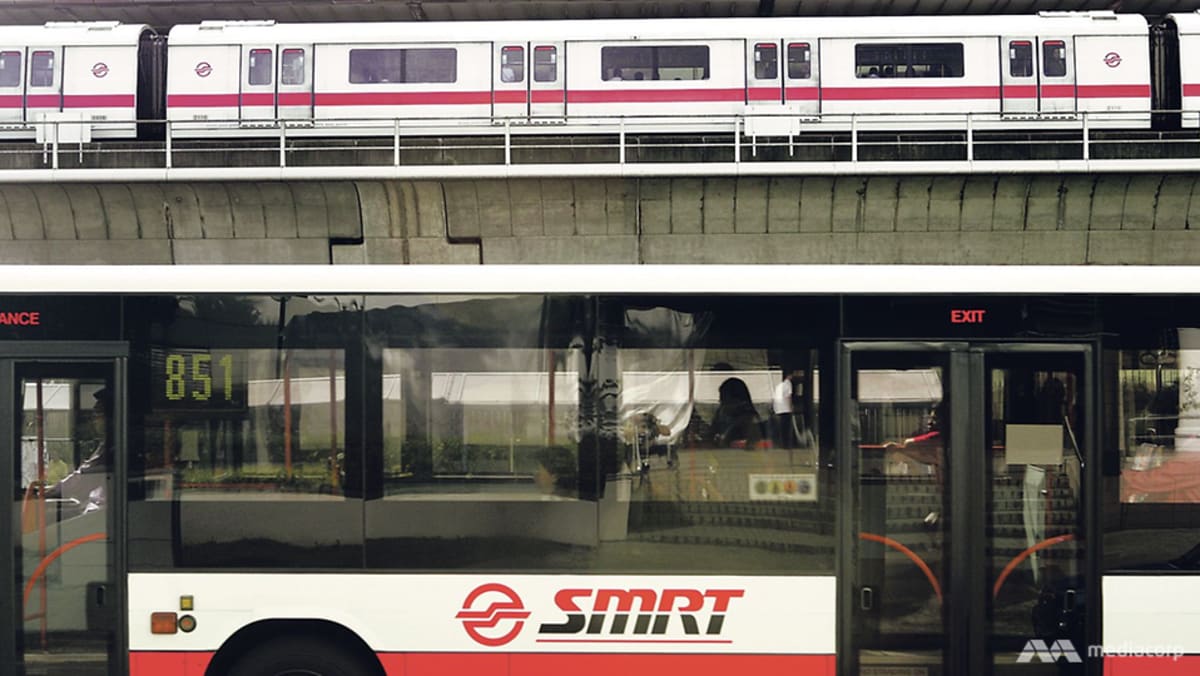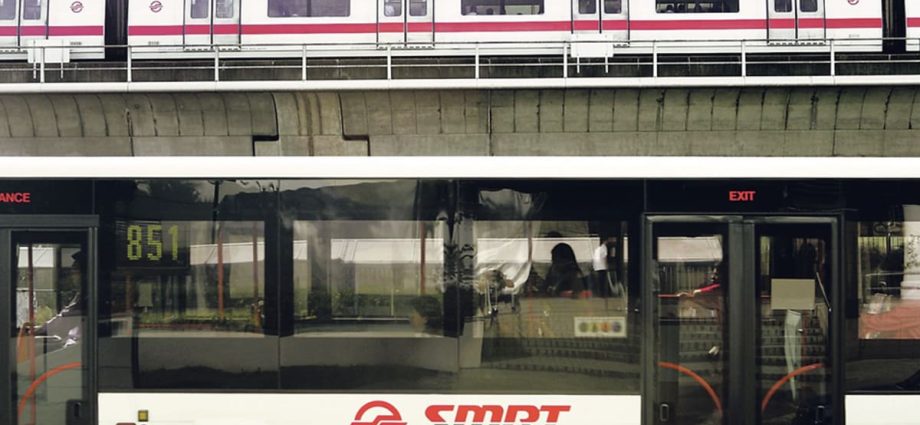
PTC chief executive Tan Kim Hong said that the purpose and intent are the same – to cover part of the increase in cost due to capacity improvement.
What is different is the operating environment has changed, he said, adding that the NCF included the ridership then because it was more stable.
While ridership has recovered to about 90 per cent of pre-pandemic levels, commuter patterns have changed.
The fare review report said that public transport journeys in the morning peak to Woodlands and Tuas are already back to pre–COVID levels but journeys to the downtown core are at about 70 per cent.
Due to adjustments in work practices, ridership and travel patterns may not have fully stabilised yet, the report said.
INFLATION, WAGES, ENERGY
The other three components – the core consumer price index, wage index and energy index – and their weightage reflect the operating cost structure of the public transport industry. They remain unchanged.
Ms Ang said that transport operators are faced with 14-year-high inflation, volatile energy prices and rising manpower costs, while ridership post-COVID remains unclear.
Taken as a whole, the recommendations will help reduce volatility and ensure fare affordability, while keeping the public transport system financially sustainable, said Ms Ang.
“To monitor affordability, PTC tracks the public transport affordability indicator. Over the past decade, the public transport fare affordability has improved, and commuters now spend a lower share of household income on public transport,” she said.
She added that the fare adjustment formula provides a clear and objective basis for fare adjustments, but it can defer fare adjustments to future years when economic and social realities warrant it.
Last year, while the fare adjustment formula allowed for a maximum fare increase of 13.5 per cent, the PTC granted public transport operators a fare increase of 2.9 per cent due to concerns over the rising cost of living.
The remaining 10.6 per cent will be carried over to this year’s review and future fare review exercises.
WILL FARES INCREASE?
In response to questions on whether public transport fares will go up this year, given the 10.6 per cent rollover from last year and continued inflationary pressure, Mr Tan said that the formula is used to derive the maximum quantum for any fare hike, but there is a mechanism to moderate this taking into consideration social economic factors.
“We have to look at the situation then and for PTC to then recommend what would be an appropriate amount taking into consideration sustainability and affordability,” said Mr Tan.

